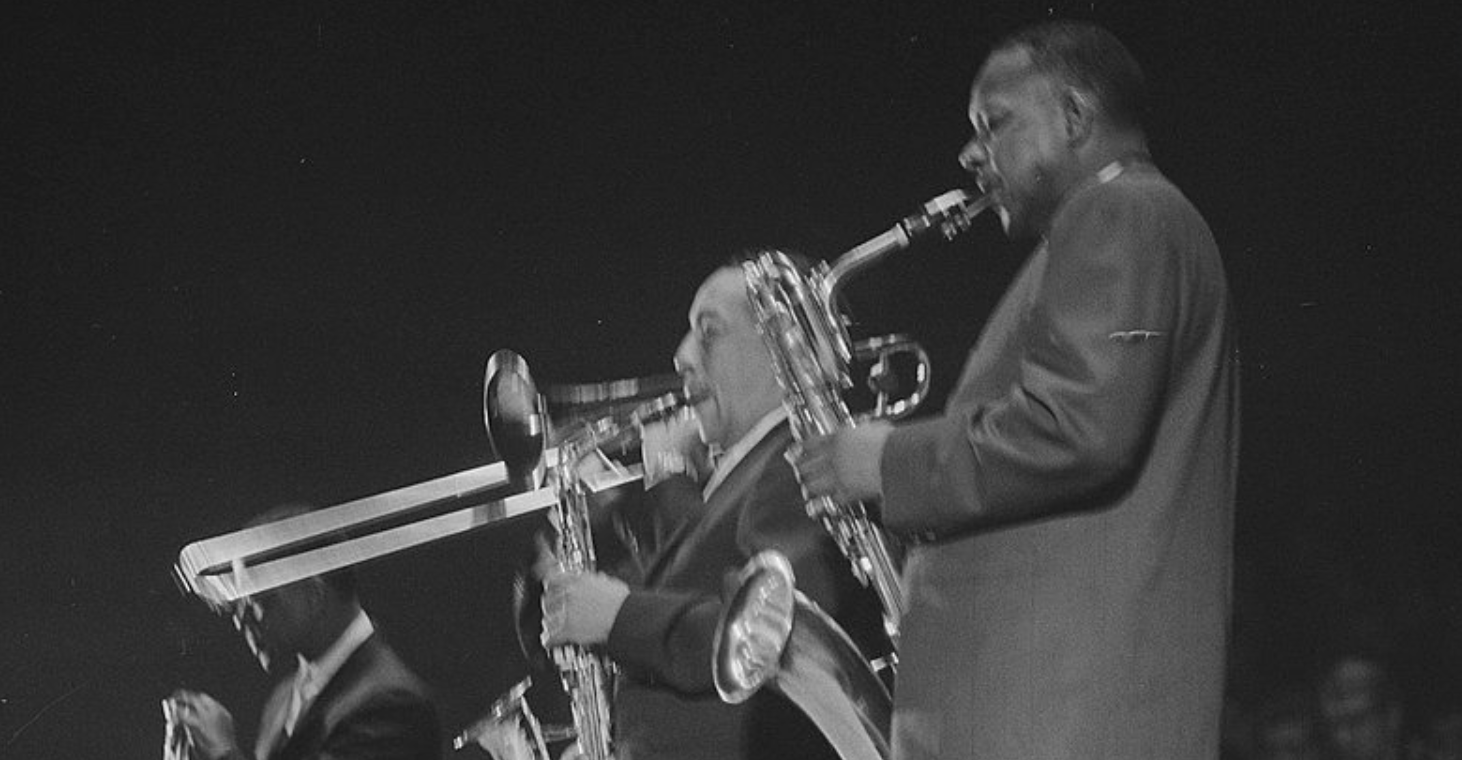1.
In 1887, Hamlin Garland, then a 27-year-old aspiring writer, traveled by train from Boston back to his family’s farm in Ordway, South Dakota. Having spent most of his life in the Midwest, and shuttling around the Dakotas, Iowa, and Wisconsin, Garland was familiar with agrarian life, but with his return, he had evolved: “The ugliness, the endless drudgery,” he later wrote, “and the loneliness of the farmer’s lot smote me with stern insistence.” Once he arrived at home, he was even more shocked. “I found my mother imprisoned in a small cabin on the enormous sunburnt, treeless plain, with no expectation of ever living anywhere else.” He continued: “Deserted by her sons and failing in health, she endured the discomforts of her life uncomplainingly…” This encounter would have a profound impact on his life. Garland worried that he was “without power to aid my mother in any substantial way” and didn’t know what to do about it. The answer, then, must have seemed obvious: he would write short stories.
2.
 Garland’s first effort was the story “Mrs. Ripley’s Trip,” which later became part of his first collection Main-Travelled Roads, published to acclaim in 1891, but now mostly forgotten. Garland wrote the stories under “the mood of bitterness.” Mrs. Ripley, probably based on Garland’s own mother, is described in the story as “pathetically little, wizened, and hopeless in her ill-fitting garments” and with “withered and shapeless lips.” (His mother was one of the first to read the story.) Stuck in her house for many years, Mrs. Ripley suggests to her husband Ethan that she travel across the country to visit her relatives, whom she hasn’t seen since before the couple moved west. Ethan is genuinely surprised when he finds out she has spent years ferreting away coins for the trip — but the reader isn’t; we’ve have grown accustomed to her sharp and smart tongue.
Garland’s first effort was the story “Mrs. Ripley’s Trip,” which later became part of his first collection Main-Travelled Roads, published to acclaim in 1891, but now mostly forgotten. Garland wrote the stories under “the mood of bitterness.” Mrs. Ripley, probably based on Garland’s own mother, is described in the story as “pathetically little, wizened, and hopeless in her ill-fitting garments” and with “withered and shapeless lips.” (His mother was one of the first to read the story.) Stuck in her house for many years, Mrs. Ripley suggests to her husband Ethan that she travel across the country to visit her relatives, whom she hasn’t seen since before the couple moved west. Ethan is genuinely surprised when he finds out she has spent years ferreting away coins for the trip — but the reader isn’t; we’ve have grown accustomed to her sharp and smart tongue.
Downtrodden and oppressed women, in fact, resonate in Main-Travelled Roads. Mrs. Haskins, the homeless wife in “Under the Lion’s Paw,” “like the heroic woman that she was, bore also uncomplainingly the most terrible burdens.” Julia Peterson had been working the fields on her father’s farm — toiling “Among the Corn Rows” — and dreaming of a husband to take her away, when she instead receives a sudden proposal from a modest local farmer, Rob. He makes a telling comment after he finds her tiredly plowing: “‘You’re pretty well used up, eh?'” Mrs. Sanford, in another story, starts her own general store when her husband’s bank fails and convinces him not to skip town to avoid his debts. And then there is Agnes, perhaps the toughest of them all, who in “A Branch Road” is forced into a marriage with a violent man after she thinks her beau stood her up. In fact, most every story of Main-Travelled Roads has a heroic, burdened woman. “Cut off from human community,” wrote Joseph McCullough in his introduction to the volume, “[the farm wife] is destined to live in a depressing, lonely life, with little or no intellectual, sexual, or emotional fulfillment.”
Garland’s obvious concern for the plight of women in the late 19th century American Midwest was not just a product of concern for his mother, though — he was actively involved in the day’s politics. Generally, the criticism of his fiction has been for its obviously political overtones. Take, for example, “Under the Lion’s Paw,” which was written under the influence of politician and political economist Henry George, and with the express purpose of persuading voters to enact a land value tax, which Garland contended more fairly excised wealthy property owners. Garland supported Populist candidates (including, along with his contemporary Willa Cather, William Jennings Bryan during Bryan’s 1896 presidential run). Sometimes the stories of Main-Travelled Roads are distractingly political, but other times an emotional core reveals itself, as when the poor farmer Grant, angry at the return of his prodigal (and successful) brother in “Up the Coolly,” says: “A man like me is helpless… Just like a fly in a pan of molasses. There ain’t any escape for him. The more he tears around the more liable he is to rip his legs off.”
3.
Eventually, though, Garland grew weary of writing fiction. Perhaps this was for the best, as the quality of his writing had been diminishing since Main-Travelled Roads; even the later stories (added to the volume after initial publication) find Garland drifting toward the sentimental. Instead of telling fictional stories of farmers like his family and friends, Garland focused on telling his own — and by extension his family’s — story.
Born in a farm near West Salem, Wisconsin in 1860, Garland had been christened Hannibal Hamlin Garland, after Abraham Lincoln’s then-presidential running mate. Garland’s father was strict, his mother stoic. Continually moving the family, Richard Garland never had much luck farming. But his travails, and his difficult relationship with Garland’s mother, Charlotte, would provide his son with a rich source of material. There are echoes in many of the early stories.
Garland moved to Boston in the fall of 1884, and became enthralled with its in-bloom literary scene, culminating in a meeting with William Dean Howells in 1887 (not long before he returned for his career-forming trip back west). Howells was perhaps the biggest influence on Garland’s career, both in its development and in its success: he reviewed Main-Travelled Roads in Harper’s, calling it “robust and serious.” Starting in Boston, Garland would have a lasting influence on Stephen Crane, mentoring Crane and reading his manuscripts.


 Son of the Middle Border was the first significant result of Garland’s turn away from fiction — although in 1894 he had produced a work of realist literary theory, Crumbling Idols, which Crane read fervently. Son of the Middle Border appeared serially before arriving as a book in 1917. It received such acclaim that he wrote Daughter of the Middle Border, the story of his wife’s family — he had married Zulime Taft, the sister of the sculptor, Lorado Taft, in 1899 — which won the Pulitzer Prize for Biography. He continued on to Trail-Makers of the Middle Border and Back-Trailers of the Middle Border a few years later. The latter completed the series by depicting the return of several members of his family back east.
Son of the Middle Border was the first significant result of Garland’s turn away from fiction — although in 1894 he had produced a work of realist literary theory, Crumbling Idols, which Crane read fervently. Son of the Middle Border appeared serially before arriving as a book in 1917. It received such acclaim that he wrote Daughter of the Middle Border, the story of his wife’s family — he had married Zulime Taft, the sister of the sculptor, Lorado Taft, in 1899 — which won the Pulitzer Prize for Biography. He continued on to Trail-Makers of the Middle Border and Back-Trailers of the Middle Border a few years later. The latter completed the series by depicting the return of several members of his family back east.
4.
Although his production later in life probably stained his reputation — Garland had turned, in the late 1920s, to credulously investigating psychic phenomena — the stories of Main-Travelled Roads remain nuanced and enlightening, pioneering pieces of realist fiction. And despite much of the criticism it has received — essentially for being didactic and dreary — Garland always ensured that there were some lessons that could not be taught, and some bright spots in the most dreadful existence. Mrs. Ripley, after her vacation, finds her life on the farm to be bearable again. In “A Day’s Pleasure,” a distraught wife enjoys an afternoon respite with some genuinely kind, wealthy benefactors. Mrs. Sanford continues her store even after her husband’s investments rebound, deciding she’s a better mother for working, too. Even poor Agnes escapes her misogynist husband by running off with her childhood sweetheart, baby in her arms, searching out a life east. Howard and Grant make peace after Howard scrounges up his money to buy the family’s old farm back. There are no easy solutions for these characters, and certainly no political ones. With his fiction, Garland said he sought to “touch the deeper feelings of the nation.” It is a shame that more are not reading these stories, which reach out from a hardscrabble time, and which still mirror our own.







